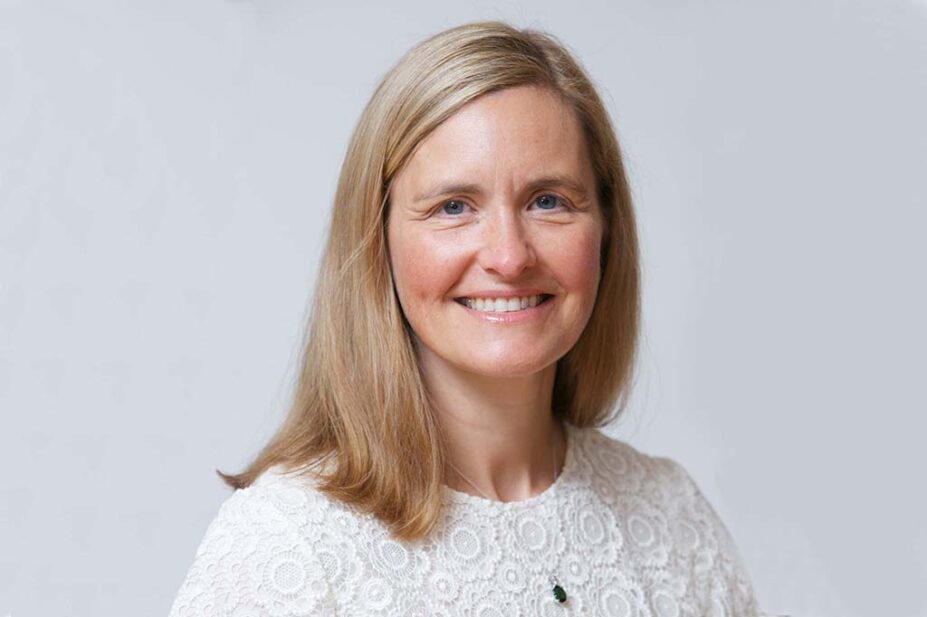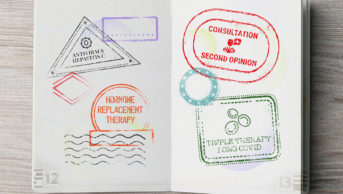
Sam Friedrich
People with sensory impairment experience a “wide range” of barriers to patient safety along “all stages of the medicine journey”, a report commissioned by Henrietta Hughes, the patient safety commissioner for England, has concluded.
The ‘Safety gap report‘, published on 31 March 2025, found that there are “serious gaps and deficiencies” in terms of access to and safe use of medicines and medical devices, with many barriers associated with access to information — primarily written information.
In addition, it highlighted verbal difficulties in terms of communication during consultations and accessing support services.
The report found that although “many participants” of ‘The Patient Safety Commissioner Study’ said they regularly used the same community pharmacy for their medicines between September and December 2024, none reported having a specific discussion with pharmacy staff about their needs in the context of their visual impairment and the available options for accessible medicines information.
Among a number of recommendations, the report states that community pharmacy staff and others involved in the direct supply of medicines “must have sufficient funding to support the additional time and resources required to undertake assessments of patient needs and provide the required ‘reasonable adjustments’ for medicines and medical devices”.
In order to accomplish this, it suggests that “a funding review is needed to support the additional time and resources required by healthcare professionals, particularly community pharmacy personnel… to undertake systematic assessments and provide ‘reasonable adjustments’ for medicines and medical devices”.
The report also calls on the Medicines and Healthcare products Regulatory Agency (MHRA) to work with patients to review whether its current guidance and regulations for the licensing and packaging of medicines go “as far as is possible to enable their safe use by those with sensory impairment”.
In addition, it recommends that the Association of the British Pharmaceutical Industry, the MHRA and the Department of Health and Social Care should work together to restart work to digitise paper-based patient information leaflets.
Commenting on the report, Jasmine Shah, head of advice and support services at the National Pharmacy Association, said: “We are pleased that the [the patient safety] commissioner has taken on board our evidence and made clear recommendations about supporting people with sensory impairment in community pharmacies.
“These need to be properly resourced, so activity payments for pharmacies must be adequate to support the enhanced levels of service that people with sensory impairment deserve.”
The report also observed that a patient’s medical record should include a prominent flag of accessibility needs to ensure that healthcare professionals, including community pharmacists, can provide any required reasonable adjustments.
Michael Wordingham, policy manager at the Royal National Institute of Blind People, said: “The findings of the report speak for themselves — there are serious barriers faced by patients with sensory impairments when accessing medicine and medical devices.
“The report notes that pharmacy staff play a key role in supporting patients to obtain and administer medicines and medical devices, and so there must be sufficient funding to support the time and resources needed to undertake assessments of patient needs and to provide the required reasonable adjustments.
“In particular, greater awareness is needed of the importance of informing people with sight loss, and especially people with sight loss and diabetes, when any changes are made to their medication regimen.”
1 comment
You must be logged in to post a comment.



The report is interesting but misleading as deafness is not covered. As one of the 18million people with a hearing deficit is it not possible for RPS to develop or commission guidance for communications for those with hearing deficits.
Some will be health care professionals and many will be elderly who are unaware or unwilling to accept they have a problem, as I was for many years.
A hearing test showed I had normal hearing below 2000 hz but
lived in a quiet world above that.
High tone hearing loss can make it challenging to:
Understand speech, particularly in noisy situations.
Hear consonants like "s," "f," "th," and "k". “b” “p” and “t”
Distinguish between different sounds like 15 or 50, 2 or 3
Hear high-pitched sounds like birds chirping or music notes, burglar alarms, car indicators
I hear most men unless they whisper mumble or speak quietly but often struggle with female voices especially if I can’t see their mouth or their back is turned. I have to guess what was said more times than I would like.
The numbers of profoundly deaf are small but they pose more significant problems and access to sign language via the internet might help
At the other end of the spectrum brain injured people may have hypersensitive hearing that prevents them coping when more than one person speaks or there is background noise or music - even with ear defenders.
Should pharmacists ask all patients if they have hearing deficit and add that to the patient record?
Should professionals have a hearing test to raise awareness?
Can pharmacy staff check patients and other professionals have recieved the message sent. 15or 50 could be a fatal error.
Maybe RPS could lead a multidisciplinary approach with Royal Colleges to this topic?
It must have many affected members!